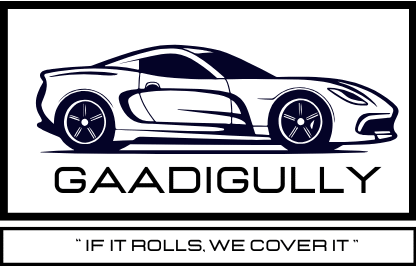
In recent years, the demand for cleaner and more sustainable fuel alternatives has led to the widespread adoption of Compressed Natural Gas (CNG) and Piped Natural Gas (PNG) in the transportation sector. These fuels offer a viable solution to reduce environmental pollution, lower fuel costs, and enhance energy efficiency.
Both CNG and PNG vehicles contribute significantly to reducing the carbon footprint of transportation. However, their safe usage requires strict adherence to safety standards, proper maintenance, and awareness of handling protocols. Ensuring the safety of these systems is essential to protect users, infrastructure, and the environment.
This article highlights frequent safety oversights that must be avoided to handle CNG and PNG vehicles securely.
Improper Setup of CNG and PNG Vehicle Systems
One of the main reasons accidents happen with CNG and PNG vehicles is because their systems are not installed properly. If the CNG cylinder or PNG storage unit is set up incorrectly, it can cause gas leaks, which are dangerous for the driver and people nearby. To avoid these risks, it’s very important to have the systems installed by trained and certified professionals who follow proper safety rules and standards.
Negligence during installation can include things like not mounting the CNG cylinder properly, making wrong connections, or using low-quality materials. It’s important to regularly check the vehicle’s gas system—such as the hoses, valves, and regulators—to find and fix any problems before they become dangerous.
Neglecting the Gas Leak Detection System
CNG and PNG vehicles have gas leak detection systems that warn the driver if there’s a leak. If these systems are ignored or not kept in good working condition, it can be very dangerous. Even a small gas leak can cause gas to build up, which could lead to a fire or explosion.
Vehicle owners should regularly check that the gas leak detection systems are working properly. If they notice any signs of a leak, like the smell of gas or unusual pressure, they should get it fixed by experts right away. Ignoring these warning signs can lead to serious accidents that could have been avoided with quick action.
Lack of Proper Training for Drivers
Driving CNG and PNG vehicles needs different skills and knowledge than regular gasoline vehicles. Not giving drivers enough training is a common mistake that can cause accidents. Drivers should know the safety rules for CNG and PNG vehicles well, including what to do in an emergency like a gas leak or system problem.
Training programs should teach drivers how to refuel correctly, read gas pressure gauges, and spot warning signs of problems. Drivers should also learn why it’s important not to tamper with the gas system or try to fix it themselves without help from a professional.
Poor Maintenance Practices
Regular maintenance is very important for the safe use of CNG and PNG vehicles. Skipping routine checks can cause the system to wear out over time, which raises the risk of accidents. Vehicle owners should follow the maintenance schedule given by the manufacturer and regularly check parts of the gas system.
Common maintenance tasks include looking for gas leaks, checking the condition of hoses, making sure the regulators are working properly, and inspecting pressure relief devices. Regular maintenance helps keep the vehicle safe, improves performance, and makes the CNG or PNG system last longer.
Closing Remarks
The safe handling of CNG and PNG vehicles is a responsibility shared by vehicle owners, installers, and drivers. By avoiding the common mistakes like— improper installation, lack of regular maintenance, ignoring gas leak detection systems, and poor driver training—everyone can help create a safer environment. Following safety rules and encouraging a strong safety culture not only protects lives but also supports the continued use of CNG and PNG as cleaner, more sustainable fuel options for transportation.


Có bác nào hay thắc mắc ‘au888 của công ty nào’ không? Thật ra thì vào trang chủ này là biết hết à: au888 của công ty nào. Thông tin đầy đủ hết đó!